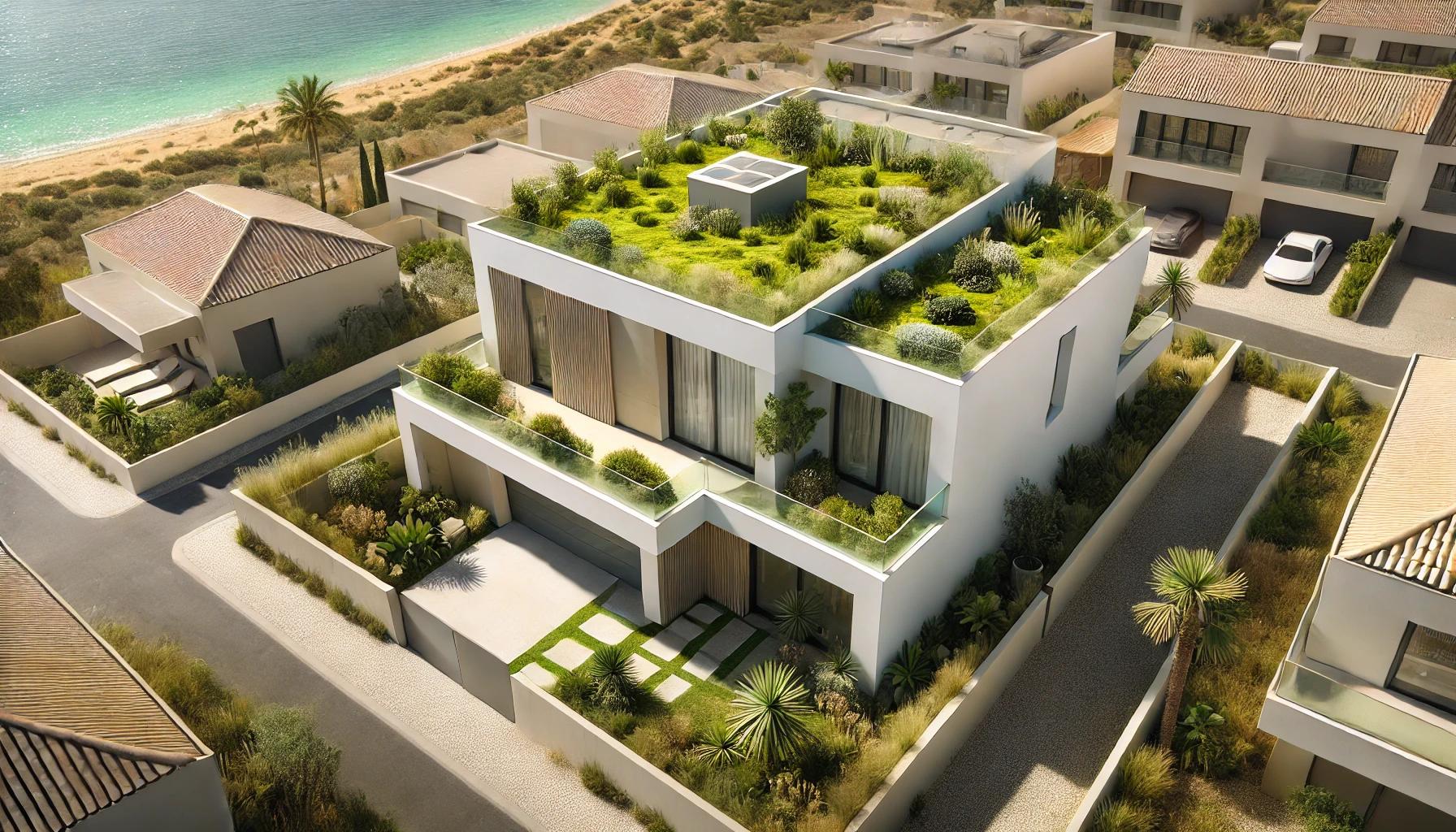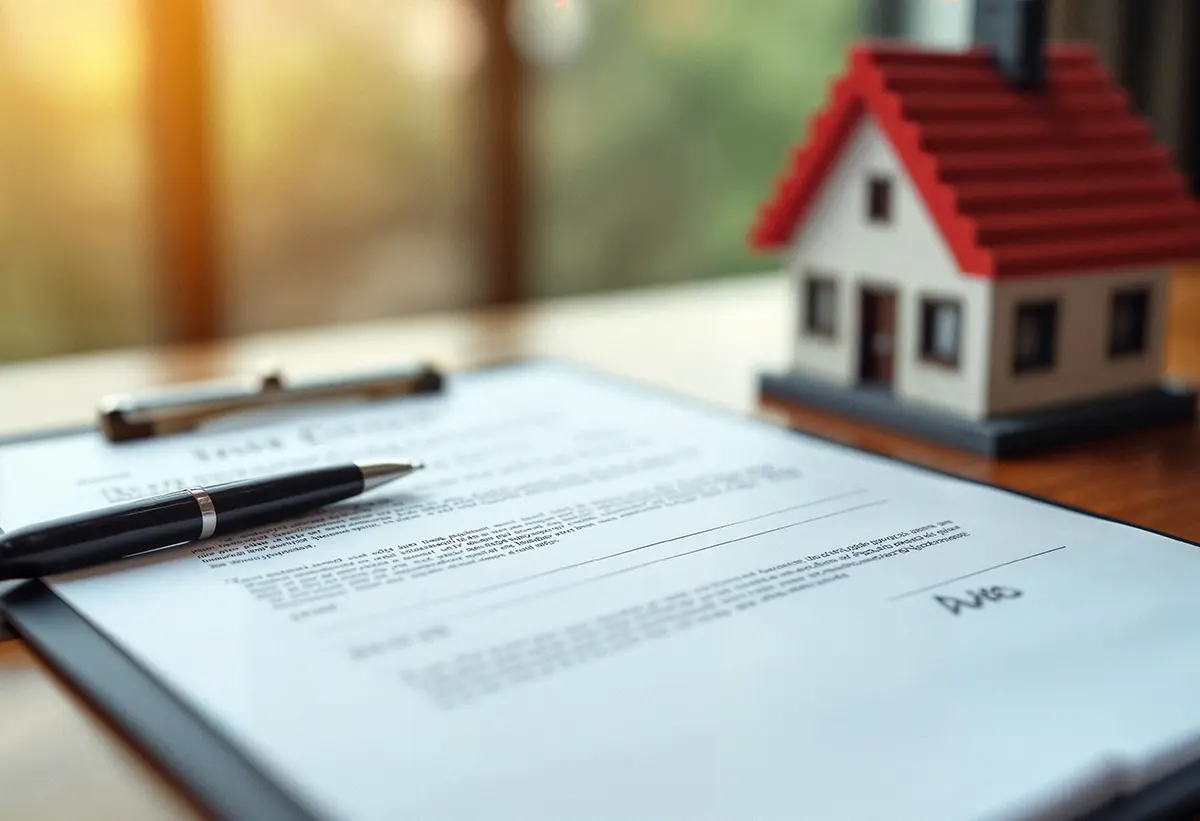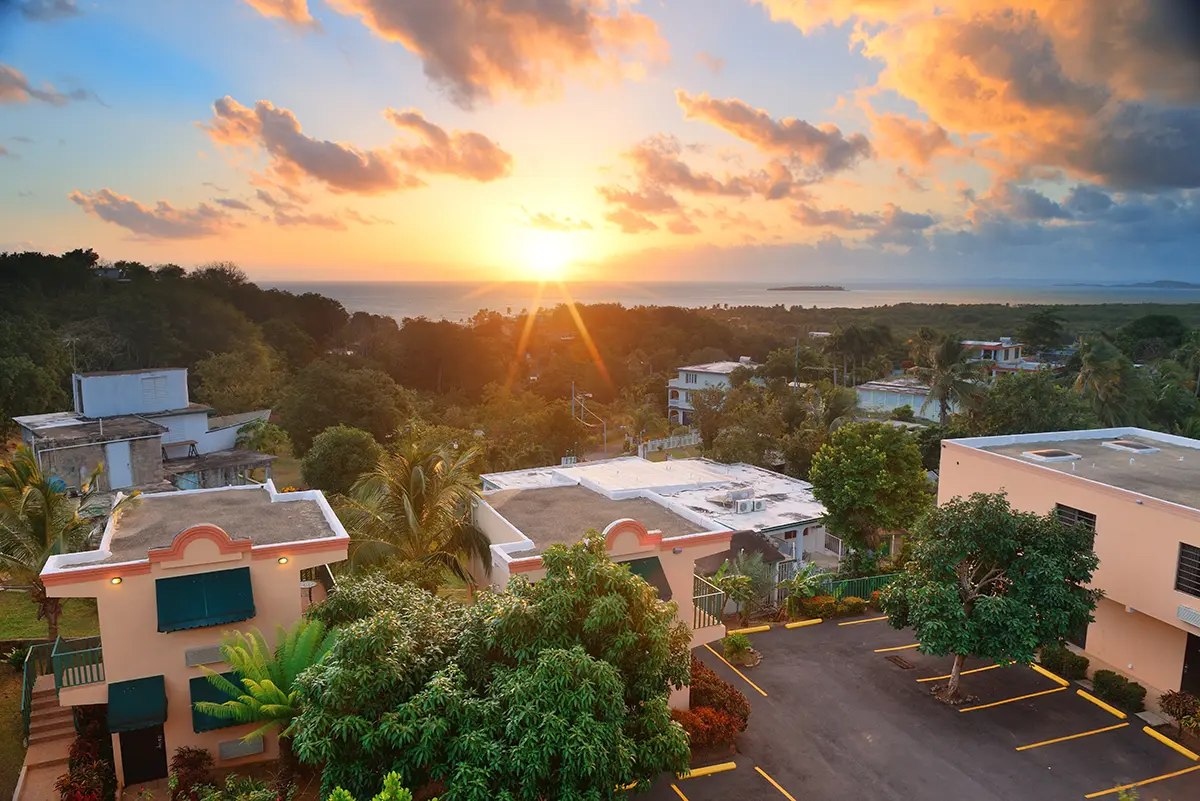NOTICIAS ARQUITECTURA
Todas las novedades, noticias y trucos sobre el mundo de la arquitectura
Cómo calcular los metros cuadrados de una habitación de forma fácil y precisa
Saber cómo calcular los metros cuadrados de una habitación no es solo cuestión de matemáticas, es la base de cualquier proyecto de decoración, reforma o venta de inmuebles. Ya sea que estés planeando…
Los mejores sistemas de impermeabilización para cubiertas planas en la Costa Blanca
Las cubiertas planas son una solución habitual en los diseños contemporáneos de la Costa Blanca y Valencia. Además de su estilo moderno, permiten ganar espacios útiles como terrazas, azoteas…
Cubiertas planas o inclinadas: ¿qué conviene más en la Costa Blanca?
Elegir entre cubiertas planas o inclinadas en la Costa Blanca no es solo una cuestión de estilo. El tipo de cubierta afecta a la durabilidad de la vivienda, su eficiencia energética y el uso que se…
Licencias y permisos para construir una casa en la Costa Blanca: Lo que necesitas saber
En la soleada Costa Blanca, un rincón deseado por nacionales y extranjeros por igual, construir una casa puede ser un sueño hecho realidad. Pero antes de poner la primera piedra, hay algo esencial…
Descubre 5 diseños de casas mediterráneas modernas perfectos para vivir en la Costa Blanca
Diseños de casas mediterráneas modernas La arquitectura mediterránea tiene un magnetismo especial. Su calidez, simplicidad, y vinculación con el paisaje costero la han convertido en una de las…
Orientación de tu casa en el Mediterráneo: sol, vistas y eficiencia energética
En el Mediterráneo, donde el clima cálido y soleado predomina gran parte del año, elegir correctamente la orientación de tu casa en el Mediterráneo es esencial para garantizar un confort térmico…







